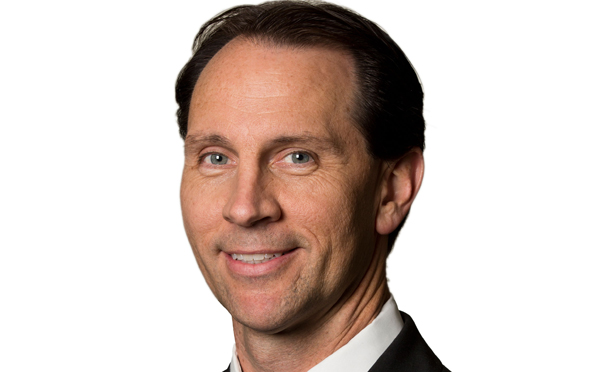This is a guest column from Shaun Riley, senior managing director at Faris Lee Investments, for ICSC RECon 2016.
 Riley: “Generally speaking, rent levels have not measurably increased for over a decade, and while occupancies have improved since the last cycle, retailer growth has been limited to just a few categories.”
Riley: “Generally speaking, rent levels have not measurably increased for over a decade, and while occupancies have improved since the last cycle, retailer growth has been limited to just a few categories.”
The present market conditions and duration of the current real estate cycle has caused investors to take inventory and begin to strategize how to best position themselves for the next cycle.
The belief among many investors is that the market is fully priced at above pre-recession levels. The continued decline of the 10-Year Treasury Rate and over supply of yield-hungry investors have been the main contributors to the cap rate compression we have experienced. Generally speaking, rent levels have not measurably increased for over a decade, and while occupancies have improved since the last cycle, retailer growth has been limited to just a few categories. Translation: cap rate compression has been the single largest value contributor for retail property investments. However, now more than ever, future returns are dependent on rental growth. Few investors have confidence the current market is sustainable and are asking themselves, “What is an investor to do?” The strategies set forth below provide investors some food for thought.
Don’t be a Yield Chaser – When a market is in correction mode, chasing yield is not as important as value preservation. Yield will be obtainable as the market corrects. Value preservation during a market correction is the result of owning fundamentally sound real estate.
Sell Non-Strategic Assets – Currently, the yield spread between A and B assets is as narrow as it has ever been. Generally speaking, during a market correction investors have a “flight to quality” investment strategy which bodes well for A assets and can be troublesome for valuation of B assets. If owning an asset through the next cycle is not in the plans, selling a property before the correction begins will maximize returns and provide liquid funds to invest at more attractive entry points made possible by the correction.
Refinancing can be Accretive – With the 10 Year Treasury Rate still just 20 to 25 basis points from its all-time low in July 2012 and lenders still looking to place money, the current environment offers an exceptional time in which to place long-term debt on properties, even if there is a prepayment penalty involved. While spikes in interest rates are expected to be very modest over the next 12 to 24 months, lenders could widen spreads, tighten loan terms, and generally become more conservative in the event of a market downturn.
Shift Investment Paradigm – Tenant mix is a critical aspect of a shopping center and the thought process behind the traditional grocery anchors being a “must have” should be reconsidered. Today, uses like newer, popular food concepts and fitness centers are providing exceptional drawing power to a center and are now viewed as viable anchors that provide an ample amount of crossover shopping opportunities.
Macro economic positives such as higher employment, increasing housing starts, and stable consumer confidence will be a support for the retail property investment market.
Although few expect the next cycle to be anything like the most recent recession, a changing cycle is inevitable and new strategies will be needed to preserve value and generate upside from one’s portfolio.
Visit Faris Lee Investments at RECON booth #C150M www.farislee.com.
Shaun Riley is senior managing director at Faris Lee Investments. The views expressed herein are the author’s own.

















 Copyright © 2024 ALM Global, LLC. All Rights Reserved.
Copyright © 2024 ALM Global, LLC. All Rights Reserved.